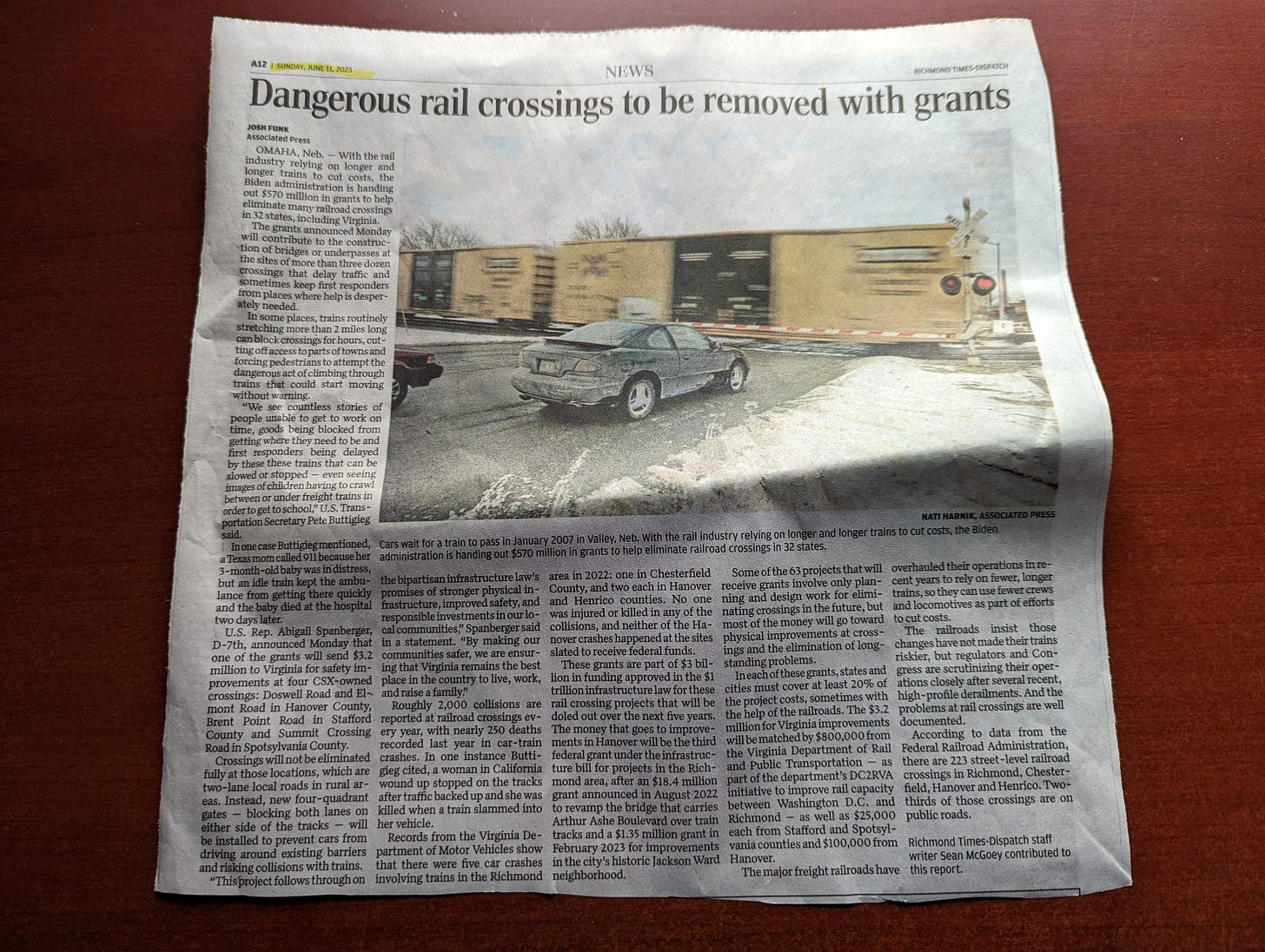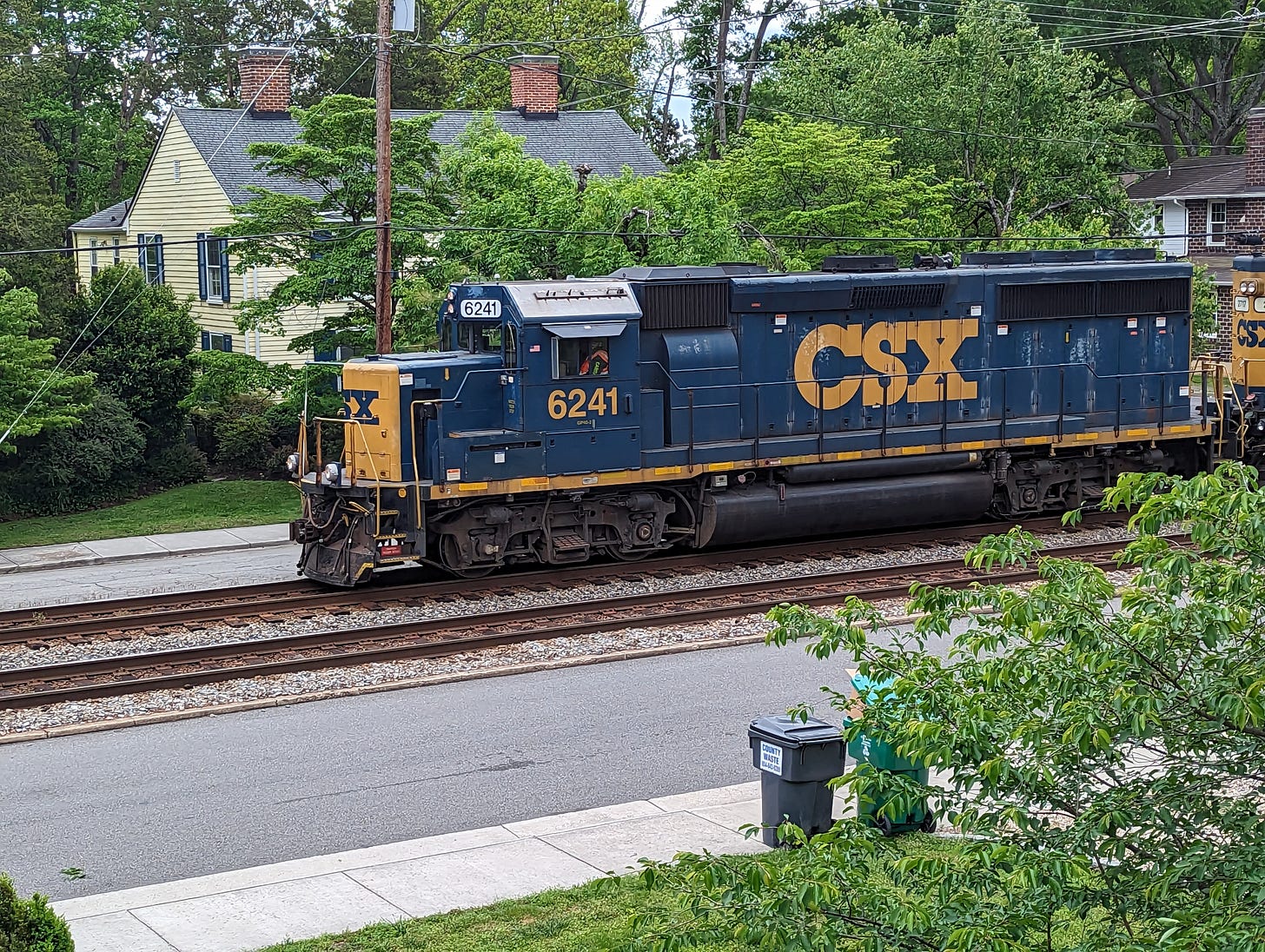Process Safety and Railroads
When the discipline of process safety management was new, we had to learn the distinction between occupational safety and process safety. Process safety is concerned with major events such as fires, releases of toxic gases, or large environmental spills. These events take place because something went wrong with the process itself. Examples of process-related failures include unidentified corrosion, runaway chemical reactions, and the inadvertent mixing of hazardous chemicals. Occupational safety events, on the other hand, usually involve one or two individuals performing unsafe acts.
Key elements to do with the management of process safety include the following.
Process safety incidents are usually caused by system failures. It is generally difficult to determine the root causes of such incidents. Occupational safety incidents, on the other hand, tend to have relatively simply causes.
It is difficult to write process safety rules — which is why the emphasis has to be on management systems. This is unlike occupational safety where problems can often be addressed with a prescriptive rule or regulation.
The consequences of an occupational safety incident are usually confined to the individuals involved. A process safety incident, on the other hand, can affect large groups of people, even whole communities.
The above distinction between process and occupational safety is something that is well understood within the process industries; it needs little amplification. There is one industry, however, that has yet to fully address this distinction, and that is the railroad industry (at least, in the United States).
The image at the head of this post was taken from Sunday’s edition of the Richmond Times-Dispatch (paywall). The title of the article is Dangerous Rail Crossings to be removed with grants. (It is based on an AP article with the same title.)
The article notes that freight trains are getting longer and longer. This means that that, when the road barriers are down, traffic often has to wait a long time. This delay is not only a nuisance, but it could also cause emergency vehicles to be trapped “on the wrong side of the tracks”.
In one case . . . a Texas mom called 911 because her 3-month old baby was in distress, but an idle train kept the ambulance from getting there quickly and the baby died at the hospital two days later.
The Department of Transportation is proposing to fund upgrades to some of the more critical crossings. There are many issues to consider here. For example, improved barriers may help prevent vehicle/train collisions, but they will do little to alleviate the problems that occur when the barriers are down. Specially, improved barriers do not address the fact that trains are longer. Nor do they address concerns to do with stationary trains.
More fundamentally, what is missing from these proposed upgrades is any consideration to do with process safety. I live on the east coast mainline. At least 50 of these very long freight trains go by every day. A rough estimate is that between 5 and 8% of the cars contain highly hazardous chemicals. As the recent event in East Palestine, Ohio demonstrated, the consequences of a large release can be devastating.
Our earlier posts to do with this incident are:
It is encouraging to see that the Department of Transportation is proposing to improve safety at railroad crossings. The fact that there are 2,000 collisions and 250 deaths annually due to vehicle/train collisions is unacceptable. But it is unfortunate that the USDOT is focused just on occupational safety when there is clear need for the application of process safety principles and techniques.




